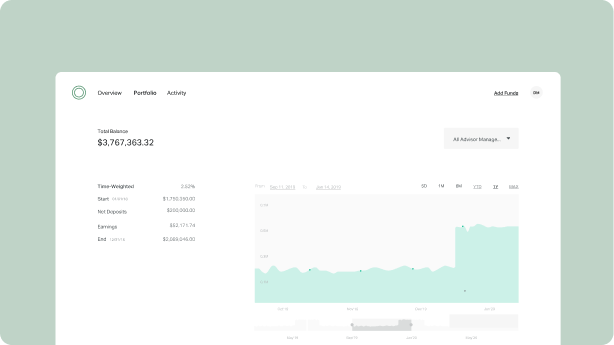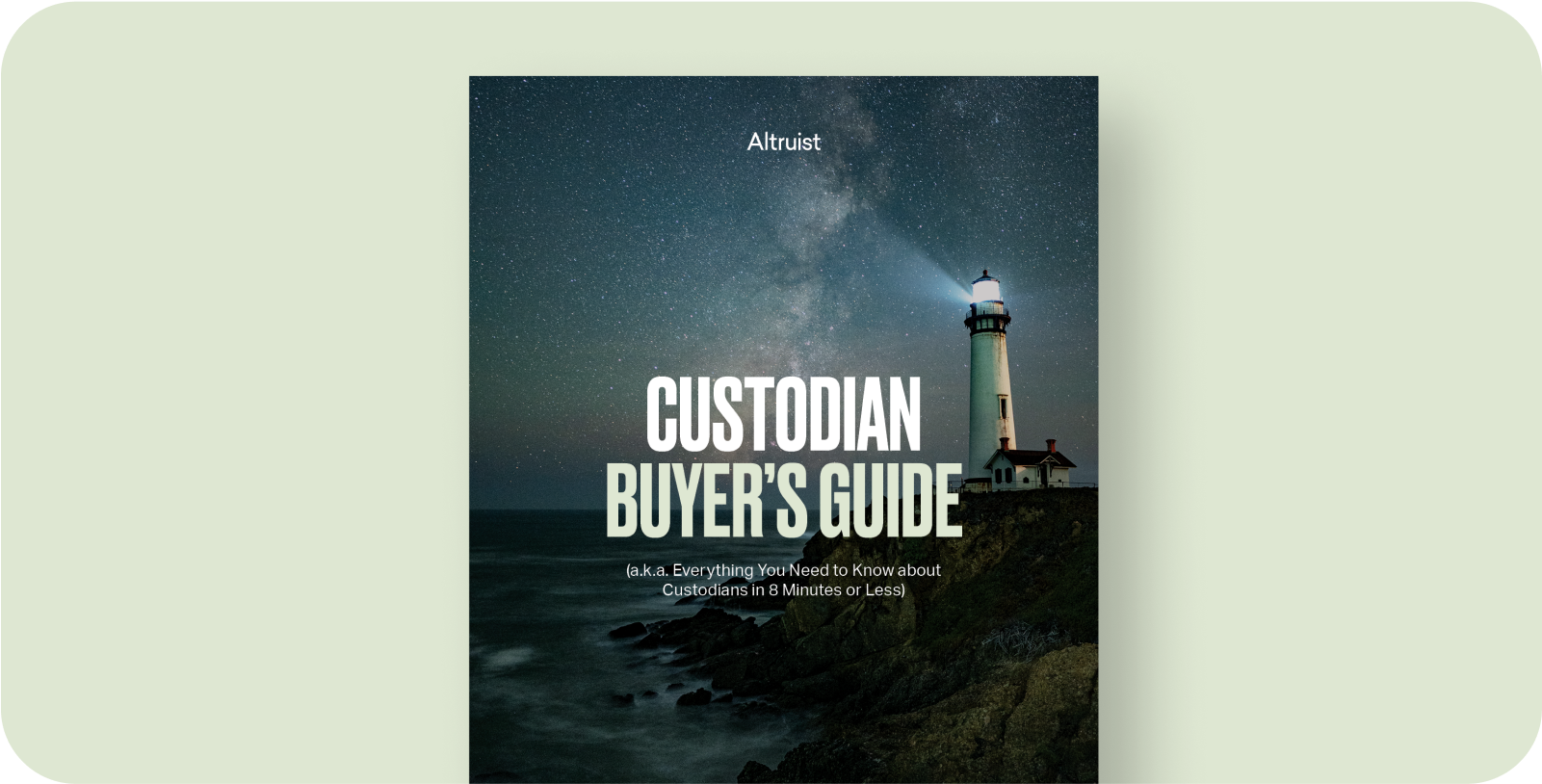Rampant inflation, rising interest rates, and the impact of a global pandemic on a fragile global supply chain has sent previously high-flying industries into a tailspin.
Despite these tumultuous conditions, the RIA space has grown substantially – in 2022, AUM increased 19.5% year over year, revenue was up 23.3%, and the number of clients seeking professional advice was up 6.2%¹.
In 2023, advisors will have a unique opportunity to explore new ways of scaling their practices and attracting clients. In a recent episode of The Advisor Journey, Jason Wenk shared insights on the current state of the RIA industry; this article will take a deeper look at the key themes and considerations around technology, infrastructure, and client experience.
The unfulfilled promise of Advisor Tech
The latest Advisor Tech map from Kitces reveals a rapidly expanding array of options. The goal of any tech should be to help advisors run and scale their firms more efficiently. Unfortunately, simplicity and efficiency are surprisingly hard to accomplish when bringing together disparate solutions. Pricing structures at the account level do not scale, and point solutions are hard to integrate.
Despite the explosion in Advisor Tech, advisors are still deeply frustrated with the lack of digitization in the wealth management industry. Countless hours are wasted on administrative paperwork and time spent fixing manual errors, specifically around account opening, funding, and transfers. The root of this problem is outside the control of point solutions – it comes back to the grip that legacy custodians hold on the industry.
Most Advisor Tech can’t fix the problems created by legacy custodians
The current custodian duopoly has little incentive to change, leaving advisors with no choice but to abide by antiquated and error-prone processes. While the custody space is ripe for disruption, it’s incredibly difficult to build a challenger solution due to regulation, cost, and technical complexity.
Challenges aside, there are alternatives building in the space, and the benefits of higher interest rates for those companies (Altruist among them) are accelerating investment into research and development. Improving the infrastructure layer will open the door to a much more exciting wave of innovation. One example falling into this category is AI.
The emergence of tools like ChatGPT and Stable Diffusion foreshadow AI’s role in enhancing how advisors run their firms and service clients. It’s not farfetched to picture a tool that takes details about your clients and their goals, then produces further questions to ask, strategies to help accelerate goals, portfolio suggestions, etc. We can expect AI to help RIAs to deliver more advice at scale, which will be an important factor as client expectations are changing.
The wealth transfer will demand a new kind of client experience
Younger generations in the US are poised to inherit roughly $30T of wealth over the next few decades. They will likely handle the money differently from their predecessors.
Young consumers have a very different outlook from the older generation of investors. With the social media boom, Gen Zers are getting advice from influencers (for better or worse), which is changing their relationship with money. Additionally, if and when these younger consumers are ready to work with an actual advisor, how they find these advisors and how they want to work with them will be different from what it is today.
For example, Millennials, Gen Z, and younger are more focused on virtual relationships and expect a mobile-first experience for all things money-related. They would prefer to message back and forth within an app. In other words, don’t expect them to visit you at the office.
Advisors must take a different approach to interacting with, marketing to, and serving these generations.
Final thoughts
Advisors who think in decades will be significantly more prepared for the changing tech and client landscape. Next to an exceptional client experience, technology enhancements at the infrastructure layer will drive advisor efficiency and growth. Advisors open to innovation will be faster to adopt those new tools and be better prepared for what's to come.
At Altruist, we strive to make independent financial advice better, more accessible, and more affordable. On one intuitive, integrated platform, advisors can open and fund accounts, trade and rebalance, report, and bill, at a fraction of today’s edging-ever-higher technology costs. Our platform gives back precious time and capital to RIAs, so advisors can focus on what matters most: their clients and business.
To see how we’re helping RIAs streamline operations, reduce overhead, and elevate the client experience, book a call with one of our transitional specialists now.















